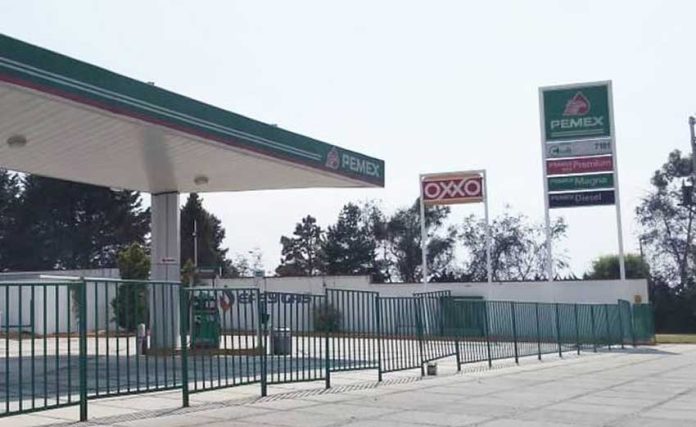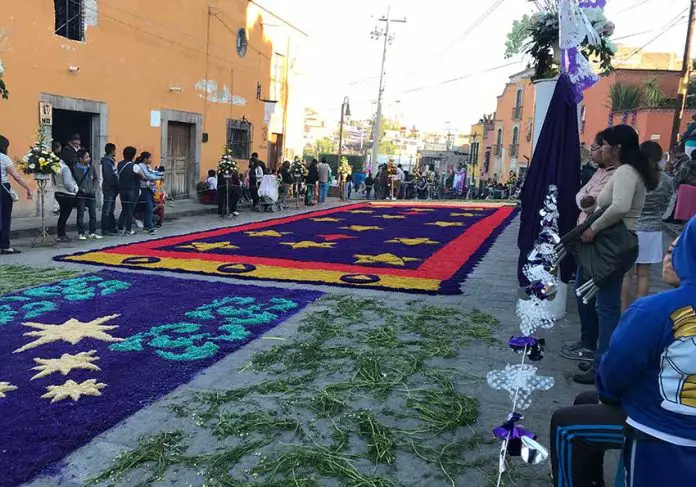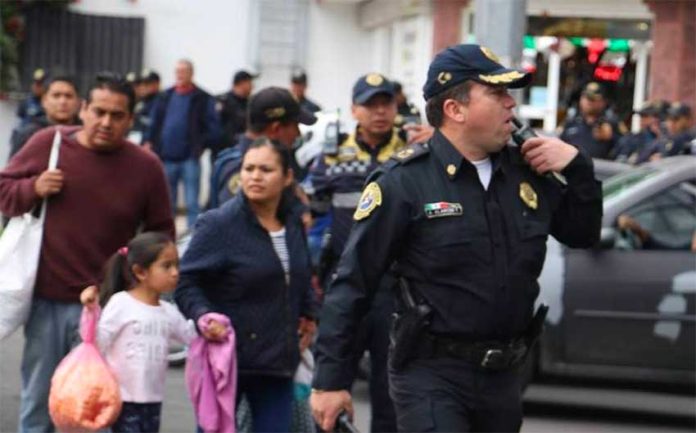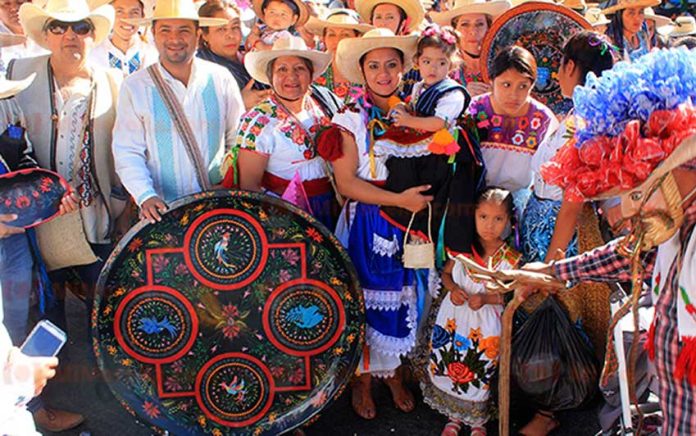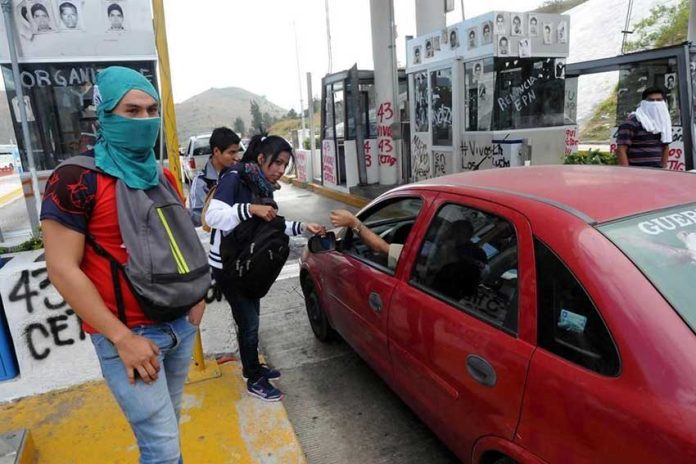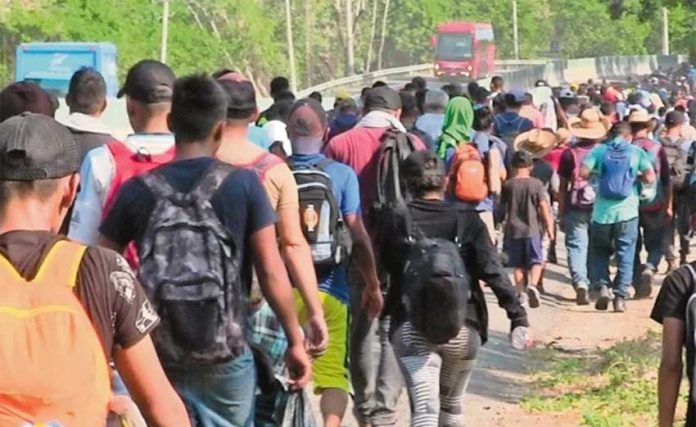More than 5,000 migrants left Tapachula, Chiapas, yesterday morning to begin the long journey through Mexico to the United States.
The migrant caravan includes an estimated 3,000 people who crossed the Suchiate river at the Rodolfo Robles international bridge between Tecún Umán, Guatemala, and Ciudad Hidalgo, Chiapas, last Friday.
Many other migrants who have been stranded in southern Chiapas in recent months while waiting to file visa requests with the National Immigration Institute decided to leave Tapachula at the same time, the newspaper El Universal reported.
There are around 7,200 migrants currently in Chiapas, according to the National Human Rights Commission, and another 1,600 are waiting to enter Mexico on the Rodolfo Robles bridge.
More than 3,000 are in Mapastepec, a town about 100 kilometers north of Tapachula, where some have been employed in a temporary government work program.
Among those who left Tapachula at 3:00am yesterday were a large number of minors as well as pregnant women, seniors and members of the LGBT community.
After walking for hours in temperatures as high as 38 C, some caravan members reached the outskirts of Huixtla in the afternoon where police tried to stop them from entering the town.
But a group of about 500 migrants ignored the police and walked into the center of Huixtla to camp in the town’s central square.
Municipal authorities told businesses to close and warned local residents not to leave their houses to avoid any possible confrontations.
In February, Huixtla police prevented another group of migrants from entering the town due to security concerns after two police officers were killed farther south in the state, presumably at the hands of the Mara Salvatrucha gang.
Other migrants stayed at shelters outside Huixtla last night while yet more camped out in Huehuetán, a town around 20 kilometers to the south.
Federal Police stationed at a migration checkpoint in the latter town made no attempt to stop or detain the migrants.
A trans woman identified only as Nancy told the newspaper El Universal that she fled her Central American homeland because of discrimination, a lack of employment and abuse at the hands of gangs.
“I’ve been mistreated a lot because of my gender, I can’t get a job. I want to live in a free country where at least I’m treated better,” she said.
Earlier this year, the federal government issued more than 10,000 humanitarian visas that allow migrants to work in Mexico and access services for up to a year but the initiative has largely been discontinued, forcing new arrivals to run the risk of being deported as they travel towards the northern border.
The Immigration Institute said that 204 Hondurans were flown back to San Pedro Sula Sunday from Minatitlán, Veracruz, because their stay in Mexico was “irregular.”
Most of the deported migrants were families traveling with children, the agency said.
The Human Rights Commission called on federal and Chiapas authorities to guarantee dignified treatment and conditions for migrants and to speed up the processing of visas for people stranded in shelters.
Fleeing poverty and violence in their countries of origin, tens of thousands of migrants have entered Mexico in recent months, many of whom arrived as part of several large caravans that originated in Central America.
Migration continues to be a point of contention between the Mexican and United States governments, and U.S. President Donald Trump has repeatedly threatened to close the border if Mexico doesn’t do more to stem migration and drug flows.
However, Trump said on April 4 that he was giving Mexico a “one-year warning” before he would move to impose tariffs on Mexican auto imports and close the border.
Source: El Universal (sp), Reforma (sp), La Razón (sp)
